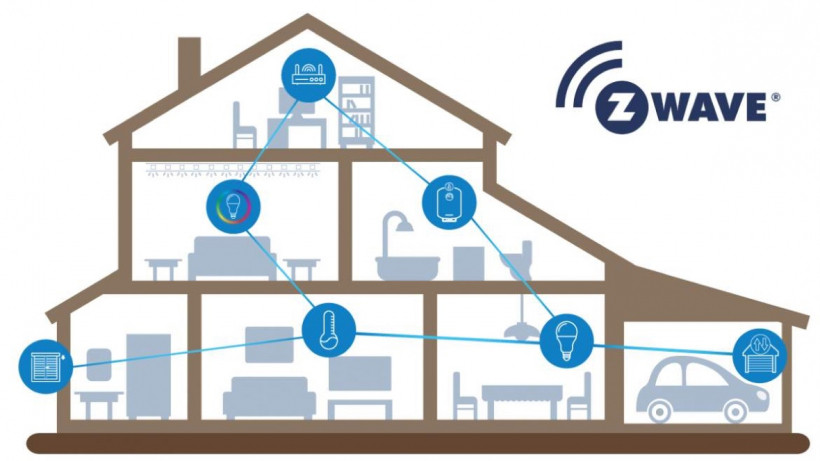The platform is preparing to compete alongside 'shiny and new' Matter
The Z-Wave Alliance has announced its decision to release the source code to its platform, a move that should allow the protocol to more readily work alongside and compete with Matter.
The Source Code project opens the door to alliance members who, under the supervision of a new OS Work Group, will be able to contribute code and help shape the future of Z-Wave.
Related: What is Z-Wave and why is it important?
The source code will be available on GitHub for members to work on, though the quality and interoperability of individual products using it will also be enforced by a new mandatory Silicon & Stack Certification program.
Z-Wave certification will still include tests for security, network connectivity and battery life, as well, per the Alliance’s blog post.
“This year, the smart home conversations have focused largely on Matter. Shiny and new, and with big brands supporting the initiative, Matter is bringing a lot of attention to the smart home,” said Mitch Klein, the Z-Wave Alliance’s executive director, announcing the Source Code Project.
“This makes it easy to overlook Z-Wave as the most established, trusted, and secure smart home protocol, that also happens to have the largest certified interoperable ecosystem in the market. We firmly expect that Z-Wave will play a key role in connecting devices and delivering the experience users really want.”
This echoes plenty of the same sentiments Klein shared with The Ambient earlier this year, discussing how Z-Wave and Matter both share the same mission of reaching true smart home interoperability.
And with the Alliance claiming that 90 million new supported devices have entered the market since 2020, it makes sense for things to be opening up at the same time as Matter.
It also means that 2023 is shaping up to be a very big year for the smart home – and users are now even more likely to notice improvements in interoperability.





